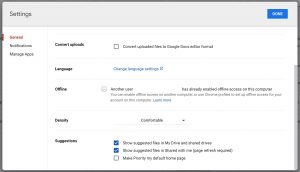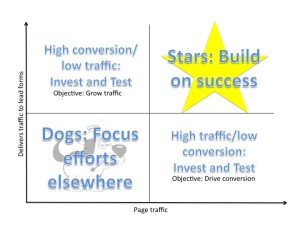— December 27, 2018

089photoshootings / Pixabay
Incentive programs are powerful tools to motivate and engage team members. Compensation such as stock options, pensions, and bonuses push your employees towards top performance (as does their regular salary) as well as other incentives such as free or low cost meals, remote work, flex time and other work-life balance benefits. However, incentive programs can have an unintended consequence of diverting your workforce from your organization’s goals.
Fortunately, there are a few methods to maintaining incentive programs to ensure they serve the correct purpose and keep your organization moving forward. To implement these strategies effectively, however, it’s important to understand some of the pros and cons of incentive programs:
Pro: Increased Productivity
Offering additional money or benefits for hitting certain performance milestones is generally an effective way of boosting productivity among employees. While not every employee is going to respond the same way to financial incentives, establishing a structure that recognizes people for delivering tangible results reinforces the idea that good work will be rewarded. Such systems are easy to explain and treat employees fairly by emphasizing performance over more arbitrary measurement criteria. When rewards and recognition are at the team level, high performers have an incentive to help low-performing teammates to improve, which can boost overall team productivity over time.
Pro: Strengthens Succession Pipeline
When employees strive to reach performance incentives, they will often make an effort to improve their skills in the process. Whether they gain these skills through experience or by taking advantage of training programs, development enables them to do their jobs more effectively and put themselves in a better position to reach performance goals. For the organization, this process is a huge benefit because it can also strengthen the candidate pool for succession situations, preparing high-potential employees even when there may not be an immediate opportunity for advancement.
Pro: Encourages Retention
A good incentive program increases employee job satisfaction and overall loyalty to the organization. Structured correctly, it can discourage them from seeking another position elsewhere. Employees typically look for new employment opportunities when they believe they are under-compensated or unappreciated. Since incentive programs reward performance in tangible terms, these employees are more likely to remain motivated, engaged in their work, and loyal to their employer.
Con: May Encourage Deception
Results-driven incentives can sometimes get out of control when employees find that their current level of performance is not sufficient to achieve the incentive milestone. In these cases, the positive incentive may become a “negative” incentive as employees look for ways to make their performance appear to be good even though their actual results are not aligned with the incentive target. An infamous example of this occurred at the Phoenix Veterans Affairs Health Care system in 2014, when VA hospital managers developed an elaborate scheme to falsify patient wait data for more than 1,400 patients rather than allow their poor performance to be reported.
Con: Misaligned Incentives
It’s important that the performance results targeted by an incentive program are properly aligned with the long-term mission of the company. A good incentive program encourages and reinforces behavior that will contribute to sustainable success; a poorly conceived program may incentivize people to engage in risky and irresponsible behavior that actually undermines the organization over time. For example, throughout the early 2000s, bonuses in the financial industry were tied to short-term objectives that were not in line with a long-term view or the best interests of customers, which encouraged the risky practices that contributed to the 2008 financial crisis. Monitoring and creating internal controls help to identify such misalignments early so that corrections can be made before problems develop.
Con: Can Lead to Conflict
While incentive programs are fair in the sense that they clearly state objectives anyone can reach, in practice, it’s very easy for employees to become convinced that pursuing incentives is a zero-sum proposition. Either they pursue their benchmarks and gain reward, or they make sacrifices to help others succeed. This “look out for number one” mentality is common in toxic workplaces where employees feel like they’re in constant competition with one another for a limited share of recognition and reward. Left unchecked, it can lead to bitter resentment, accusations of favoritism, and sabotaging behaviors that undermine team success in pursuit of individual goals. People may engage in bad behavior for the sole purpose of meeting their performance goal, which can make a tense conflict situation even worse.
Performance incentive programs can be tremendously beneficial to an organization, but it’s critically important that they’re implemented properly to avoid potential problems. Ongoing feedback from both customers and employees can help provide an indication of how well these programs are working. When an issue does come to an organization’s attention, it should address it directly and with as much transparency as possible to ensure that employees are clear about the program’s expectations and goals.
Business & Finance Articles on Business 2 Community
(217)








